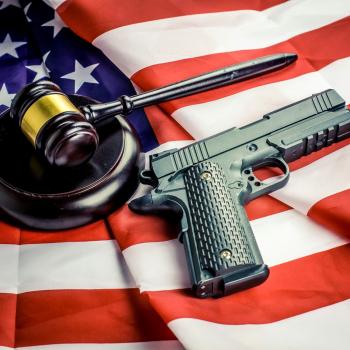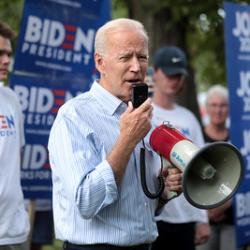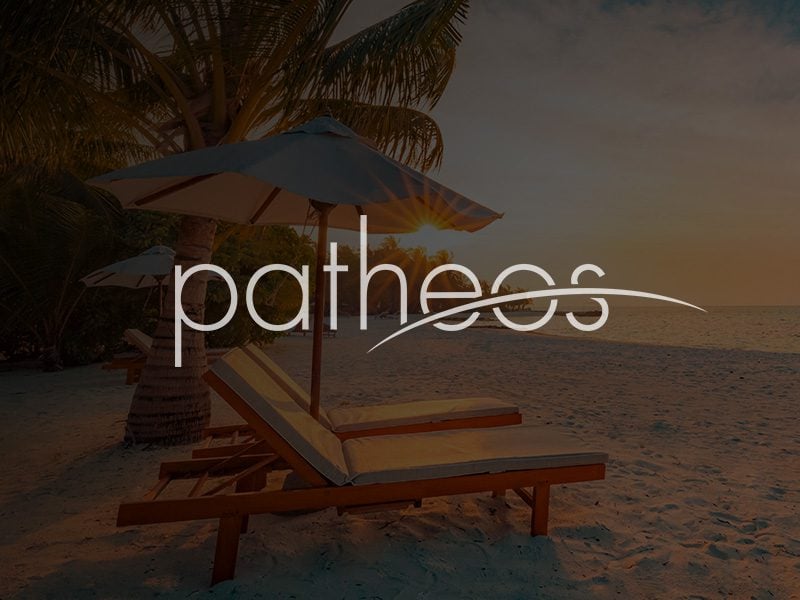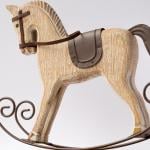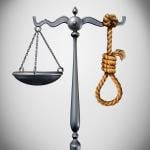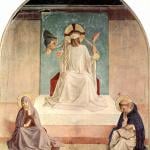
Seventy five years ago today, a great injustice was ended when Utah became the 36th state to ratify the Twenty-First Amendment, thus ending Prohibition. In honor of this glorious event, here is an excerpt from the book The Bad Catholic’s Guide to Wine, Whiskey, and Song on how some Napa Valley wineries managed to weather the storm of Prohibition:
By the time the Napa wineries were back on their feet, they had to face a new and ideological pest: Prohibition. This draconian national law – written by a coalition of Bible-thumpers, dietary cranks, and eugenicists – strangled the struggling art of American winemaking in its cradle. It caused almost every winery in the United States to close, and provoked thousands of Italian immigrants to go back home, in search of a saner environment. (Mussolini was coming to power. Oops.) But a few doughy souls looked at this stifling law and found in its pruitan rigor two tiny exceptions: one could still produce “medicinal” alcohol, and wine for Sacramental use.
So a dozen or so wineries soldiered on in Napa Valley, and among them some that would later become well know: Sebastiani, Beringer, Trefethen, the monastic Christian Brothers Winery, Beaulieu Vineyards, Louis M. Martini, and San Antonio. Each clung to life by selling wine to area churches for use at Mass. This must have proven a pleasant surprise to local priests, who were no doubt used to the cheap stuff used at liturgies up to then. Come the Volstead Act, they were suddenly inundated with the products of the region’s best wineries, on whose products they held an unsought monopoly. Winemaker Steve Riboli, whose father named the San Antonio Winery for his patron saint, recalled to California Country Television: “Two churches kept our doors open for 10 years. We always talk about it with tremendous pride because it’s what kept us around- just two churches!” Remember that in the 1930s, no Catholic churches distributed the consecrated wine to the congregation. Yet somehow, two parishes managed to keep alive an entire winery for a decade. Short of some miracle of Cana in reverse, we can only conceive two explanations. Either:
A). the priests were from Italy, so they were drinking it with dinner, or
B). the priests were from Ireland, so they were trading it for whiskey.




